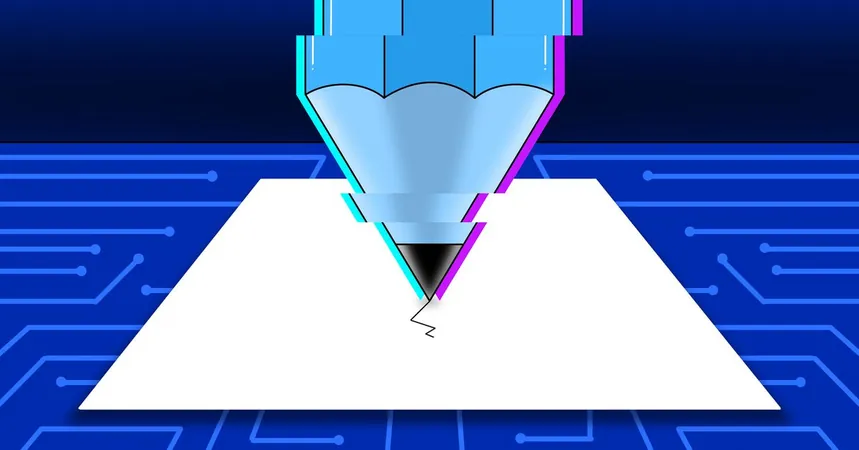
Microsoft Unveils Groundbreaking AI Safety Tool That Corrects Errors in Real-Time!
2024-09-24
Introduction
In a significant stride towards enhancing AI reliability, Microsoft has introduced an innovative feature known as "correction" embedded in its Azure AI Studio. This powerful tool is designed to not only detect inaccuracies in AI-generated content but also rectify them automatically. This groundbreaking capability is available for customers leveraging Microsoft Azure to power their artificial intelligence systems.
How the Correction Feature Works
The correction feature is currently in its preview phase, positioned as part of a comprehensive suite of safety tools aimed at mitigating vulnerabilities, identifying "hallucinations" in AI outputs, and preventing malicious prompts. Once activated, the correction system diligently analyzes AI-generated content, cross-referencing it with the user's original source material.
Proactive Error Correction
Here's how it works: the system scans for inaccuracies, flags them, and explains why they are incorrect—all before the user even notices the error. This proactive approach could significantly reduce the dissemination of misinformation that has plagued AI systems, but experts urge caution, noting that it may not entirely eliminate the risk of errors.
Comparative Solutions
In comparison, Google’s Vertex AI platform has introduced an alternative solution that "grounds" AI models by validating outputs directly against Google Search, proprietary data, and forthcoming third-party datasets. This indicates a growing trend among tech giants to prioritize the accuracy and reliability of AI systems.
Insights from Microsoft
A Microsoft representative explained to TechCrunch that the correction feature employs a combination of small and large language models to ensure that outputs are aligned with foundational documents. However, they cautioned that this method is not foolproof, stating: "It is important to note that groundedness detection does not solve for 'accuracy,' but helps to align generative AI outputs with grounding documents."
Implications for the Future
This announcement comes at a crucial time as industries increasingly rely on AI for decision-making and content creation. With concerns about misinformation bubbling to the surface, the ability to inherently correct AI errors could reshape the landscape of digital communication and trust in technology.
Conclusion
Stay tuned as Microsoft continues to refine this tool—will it be the game-changer the AI industry desperately needs, or just another layer of uncertainty in the world of artificial intelligence?









 Brasil (PT)
Brasil (PT)
 Canada (EN)
Canada (EN)
 Chile (ES)
Chile (ES)
 España (ES)
España (ES)
 France (FR)
France (FR)
 Hong Kong (EN)
Hong Kong (EN)
 Italia (IT)
Italia (IT)
 日本 (JA)
日本 (JA)
 Magyarország (HU)
Magyarország (HU)
 Norge (NO)
Norge (NO)
 Polska (PL)
Polska (PL)
 Schweiz (DE)
Schweiz (DE)
 Singapore (EN)
Singapore (EN)
 Sverige (SV)
Sverige (SV)
 Suomi (FI)
Suomi (FI)
 Türkiye (TR)
Türkiye (TR)